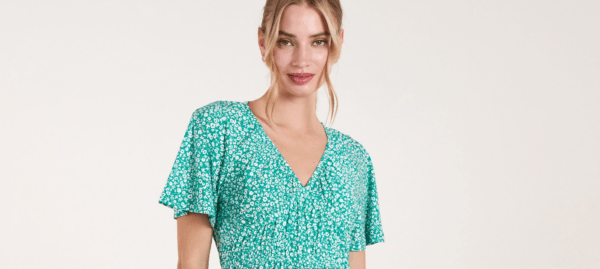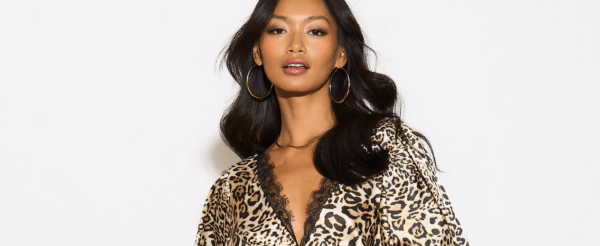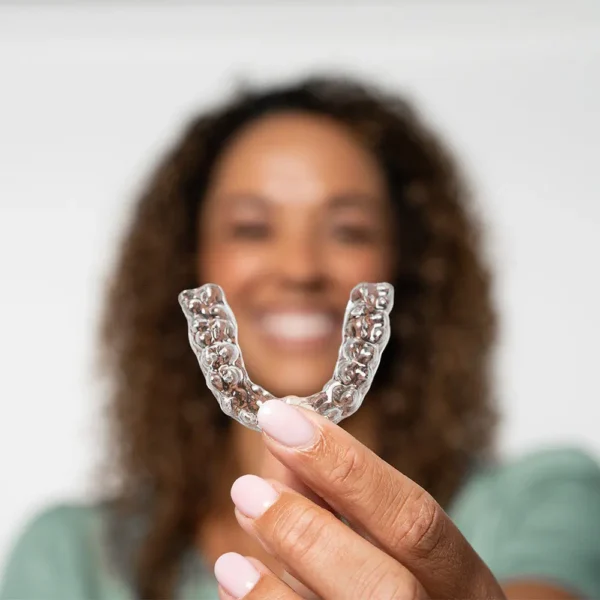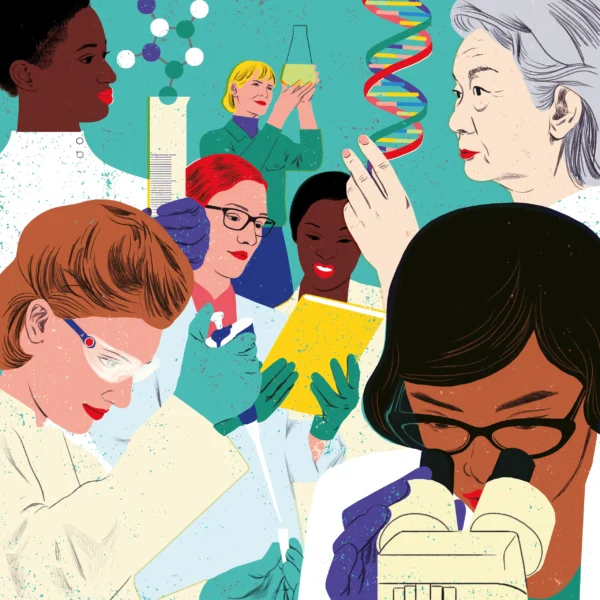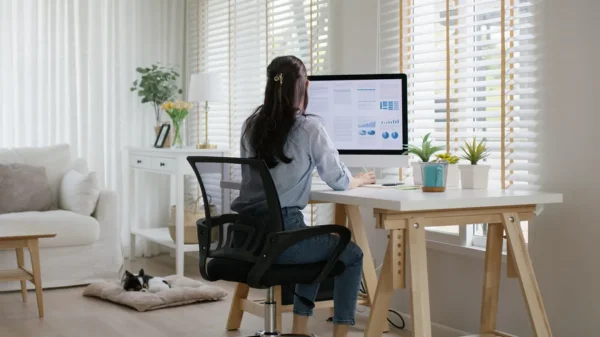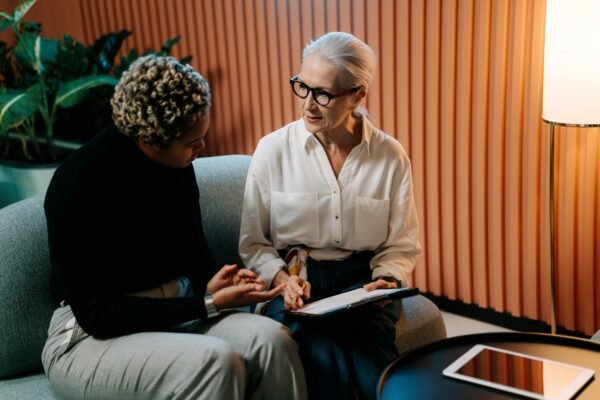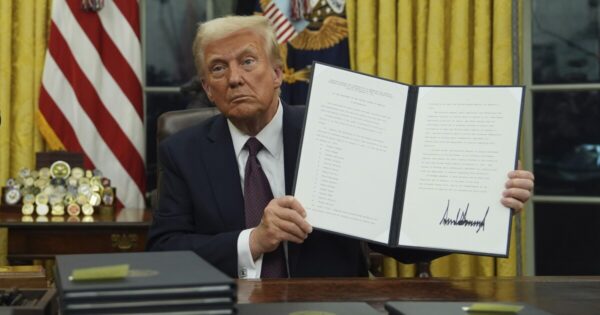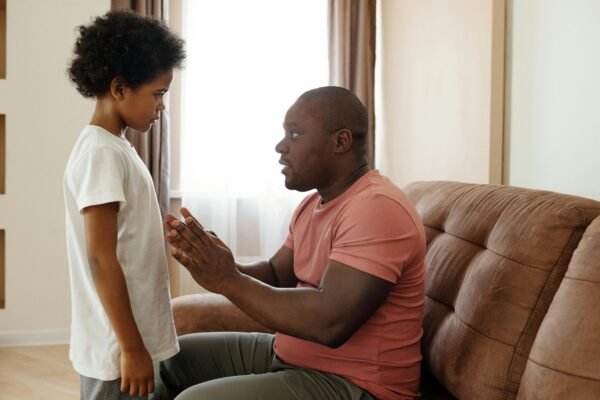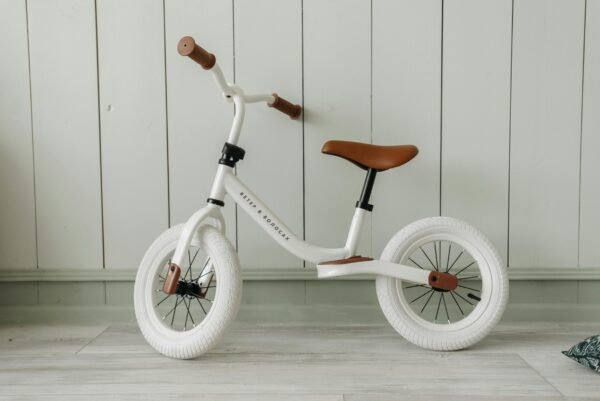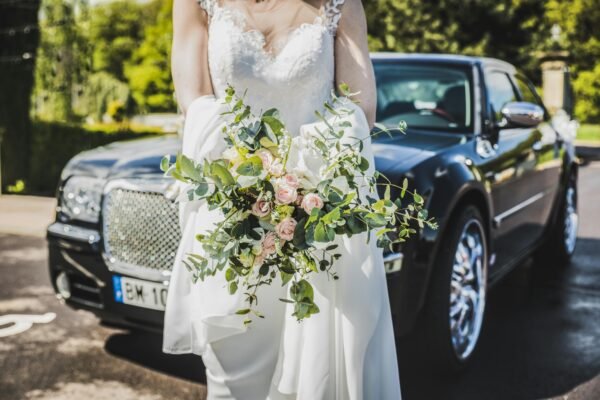
How to Grab Attention with the Opening Words of Your Presentation
“The beginning is the most important part of the work.”— Plato

From the moment you start to speak, you need to hook your audience’s attention.
I believe the most important words in your presentation are your opening words. Here are seven ways to give your speech a flying start:
1. Ask an interesting question
Many of the best presentations and speeches begin with a simple question. Why? Because a good question immediately engages your audience. It also provides your speech with a simple structure. You have asked them a question and can then go on to answer.
Sometimes an entire speech structure is simply: ask the audience a big question, answer it by referencing or debating three key points and then sum up. I began a recent speech by asking my audience: “Which is the world’s happiest country?” Other openings I’ve used include: “Did you choose your career or did your career choose you?” Openings like these are designed to arouse the interest of the audience.
Clearly, the more interesting, intriguing and relevant the question you begin with, the more your audience will be engrossed by it.
2. Start by quoting

If you want your speech to carry extra authority, it can be helpful to open it with a quotation from a respected figure. For instance, you might open with: “Ralph Waldo Emerson once said: ‘What lies behind us and what lies before us are tiny matters compared to what lies within us.’ I’ve always believed that’s true: each of us has within us a vast well of untapped potential.”
You can also play around with a familiar quote. For example:
“Einstein once remarked that ‘Imagination is more important than knowledge.’ He explained that knowledge tells us everything we already know about the universe, whereas imagination points us towards everything that has yet to be discovered. Speaking personally, when I heard that imagination is more important than knowledge, I immediately felt a whole lot better about my own schooldays. All those happy hours I spent in History lessons, gazing out of the window and dreaming I was a professional footballer…”
3. Use startling fact
A startling fact can have the same effect on your audience as an interesting question. It wakes them up!
For a speech about public health you might start with: “Tobacco has killed more people worldwide than the First and Second World Wars combined.” You can then go on to comment on ways public health can be improved and the important role of preventative medicine.
4. Begin with a story
People love to hear a story. It is particularly helpful if you can start your story with a dramatic incident. If you open it with: “I have never believed in ghosts, until recently when I stayed in a 17th century hotel that was rumoured to be haunted.” If you begin by taking your audience straight into an interesting story, you can be pretty sure everyone will listen from that moment on.
If you have a dry and serious subject to talk about, your need for a personal story to enliven it is all the greater.
5. Today in history
Look it the date of your presentation as it may be the anniversary of a historical event such as the first Moon landing, a famous person’s birthday. It might be a National Day of some kind, as most days are. National Days in the UK include: National Men Make Dinners Day, National Parents as Teachers Day, National Philanthropy Day and National Day of Listening.
Find a way to reference the occasion at the start of your speech and you can then weave that reference into the narrative of your speech.
6. Something unexpected
Begin with the unexpected. For instance, I once began a speech with: “I have a confession for you tonight.” I explained that I belong to a group which is in a small minority within the population and that people like me have been persecuted over the ages. From that opening, the room was listening intently. This was a speech about left-handedness and how, thankfully, we are no longer persecuting left-handed people as was the case in the Middle Ages. The opening led me directly into the key point of my speech: a plea for greater tolerance of those in our society who are different.
7. Dramatic visual aids
Using a visual aid dramatically can get your audience to sit up in their seats. Your visual aid might be your costume itself or some hand-held item.
One wonderful example of how to use a visual aid at the beginning of a speech was a speech by Dananjaya Hettiarachchi, the 2014 World Champion of Public Speaking. He took a flower from his pocket and breathed in the scent. It’s worth watching the video to see what happens next! He uses the rose to powerful effect. The right kind of visual aid can be gripping and act as an excellent metaphor. Using a great visual aid is likely to make your words more memorable.
Whatever you do, don’t open your speech with the question we have all heard too many times: “Er, does anyone know how to get this projector working?”
Good luck giving your next presentation the best start possible!
By: Gordon Adams
 Gordon Adams is a member of Toastmasters International, a not-for-profit organisation that has provided communication and leadership skills since 1924 through a worldwide network of clubs. There are more than 400 clubs and 10,000 members in the UK and Ireland. Members follow a structured educational programme to gain skills and confidence in public and impromptu speaking, chairing meetings and time management. To find your nearest club, visit www.toastmasters.org
Gordon Adams is a member of Toastmasters International, a not-for-profit organisation that has provided communication and leadership skills since 1924 through a worldwide network of clubs. There are more than 400 clubs and 10,000 members in the UK and Ireland. Members follow a structured educational programme to gain skills and confidence in public and impromptu speaking, chairing meetings and time management. To find your nearest club, visit www.toastmasters.org






